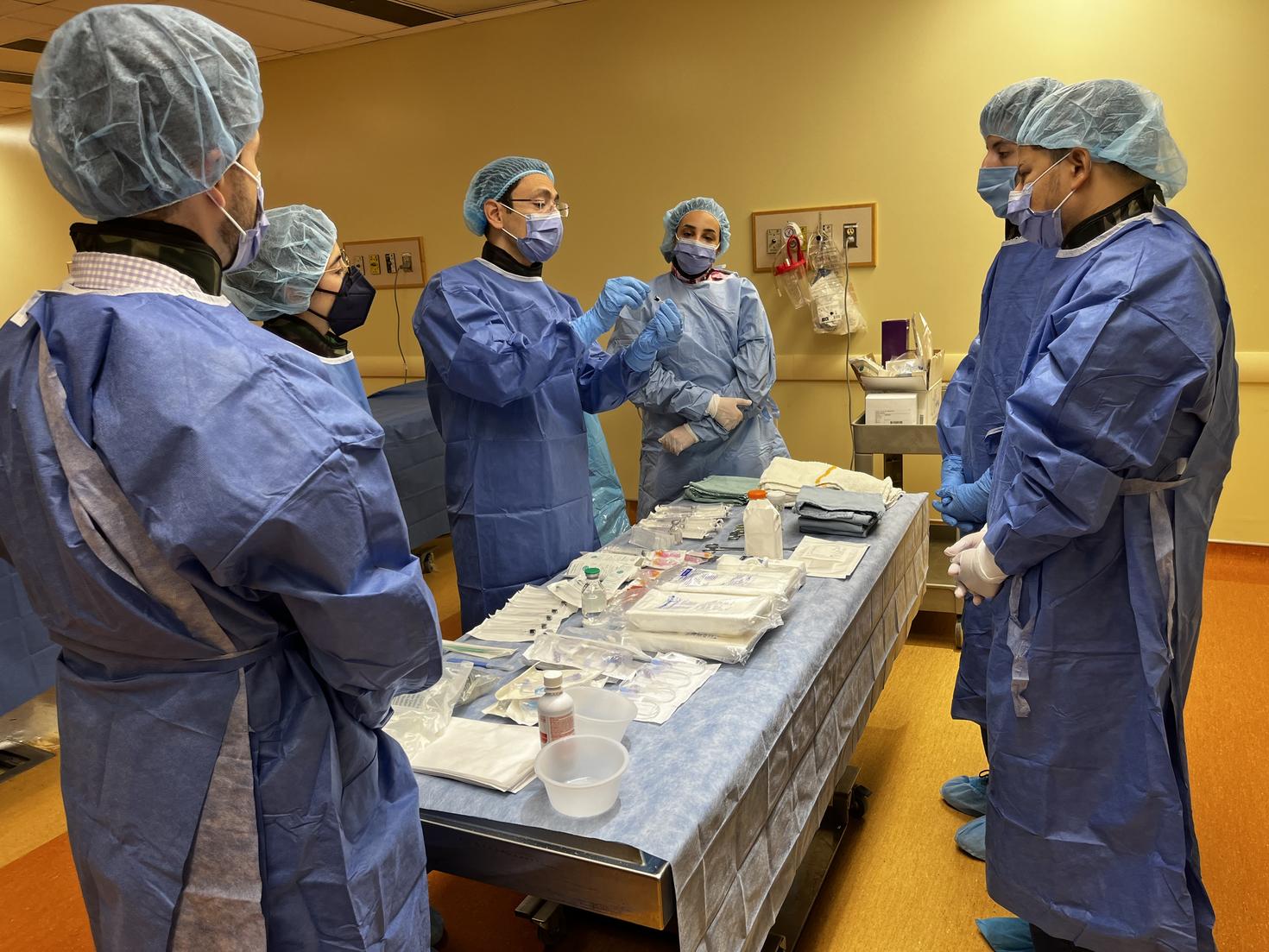In the last quarter of the 20th century, computers and new radiologic imaging modalities, such as ultrasound, computed tomography (CT), and magnetic resonance imaging (MRI), changed the medical environment dramatically. Established imaging techniques, including conventional radiology, angiography, and nuclear medicine, have also undergone amazing evolution. The future of radiologic technology seems limited only by our imaginations.
With all imaging procedures, improvements in picture resolution have led to more precise, accurate, sensitive, and specific diagnoses. Image acquisition time has decreased, and patient comfort and acceptance have improved. The ability to manipulate and transmit data has also significantly enhanced diagnostic capabilities, and studies that once took several weeks to complete and that caused great discomfort to the patient now take only minutes and can be performed with ease for the patient. However, cost continues to be a deterrent to application of much of the new technology.
Development of helical and electron-beam CT scanners has permitted shorter scan times, improved resolution, three-dimensional reformatting, and faster throughput. New technology using multidetector or light-speed scanners allows even faster scanning and has broadened applications in areas such as vascular scanning. Radiologic detection of calcification in coronary arteries is now possible and is gaining acceptance as a screening tool for coronary artery disease. CT colonography and other virtual endoscopic examinations are exciting developments that hold promise.
MRI has become the primary tool for neurologic imaging and has replaced CT except in evaluation of a few conditions, such as acute trauma or acute hemorrhage. Recently, however, shorter acquisition time and better picture resolution have expanded applications for MRI to include nonneurologic evaluations, such as musculoskeletal, liver, biliary, adrenal, and kidney studies. MRI now challenges conventional angiography, and before long most routine vascular studies probably will be done by MR angiography. Similarly, endoscopic cholangiopancreatography is likely to be replaced by MR cholangiopancreatography.
The fast-growing field of interventional radiology is replacing many surgical procedures because it is less invasive and better tolerated by patients. CT-guided biopsy and percutaneous drainage of fluid collections have become commonplace. Use of catheters, balloons, stents, and coils allows minimally invasive intervention in the treatment of arterial occlusions and aneurysms. Embolization aids in surgical resection of many tumors and arteriovenous malformations, and uterine artery embolization is now used for treatment of many symptomatic fibroids. Biliary and ureteral stent placements are common procedures performed by the interventional radiologist. Venous access, insertion of intravenous catheter filters, and thrombolysis therapy also come under the purview of the interventional radiologist.
The entire field of imaging is undergoing rapid change. Technical advances occur almost daily, adding new applications and improving existing technologies. Perhaps the greatest challenges facing the radiologist and the entire field of radiology lie in proving that the newer technologies have real value in managing patients and in helping contain costs through appropriate use of imaging studies.
We are proud of our rich educational environment. At the University of Ottawa, you will have access to the latest technologies and leading subspecialists. With the third greatest number of hospital beds in Canada, The Ottawa Hospital offers a tremendous amount of pathology within the radiology departments, giving you plenty of learning opportunities.
Resources
Partner institutions






